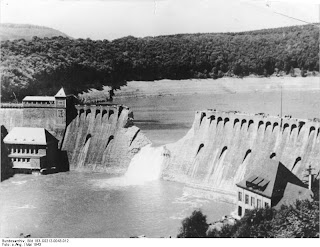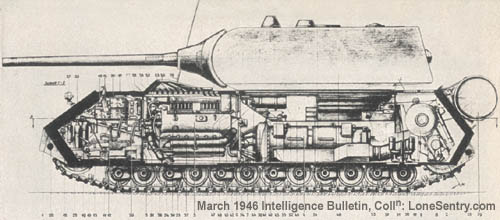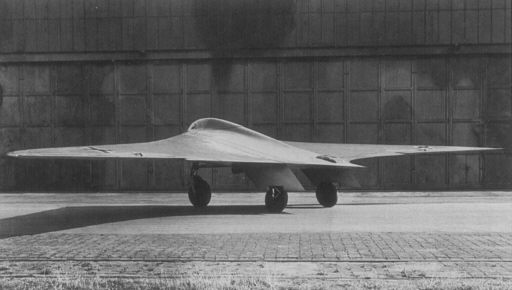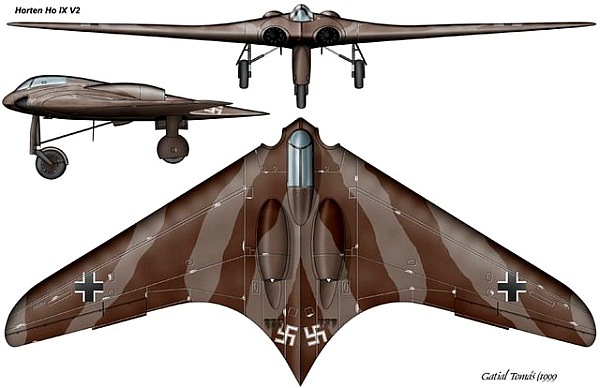 |
| A Bouncing Bomb |
Bouncing bombs were a peculiar type of bomb developed by British inventor Barnes Wallis during World War 2. The bombs worked using the same principle as skipping stones through a pond, albeit in a weaponized form. They were successfully used in dam busting raids deep into Nazi Germany.
Such were the effectiveness of the bombs that the Germans were prompted to develop their own versions.
 |
| Bouncing bomb diagram |
The secret to the success of Barnes Wallis' bouncing bombs lie in their spin-stabilisation method of deployment. The spin induced onto the bombs allowed them to maintain their trajectory and travel in a relatively straight line towards the target. The bombs required nerves of steel to deploy as they could potentialy damage the aircraft upon bouncing through the water.
Bouncing Bombs released during training
Moehne Dam breached by the bouncing bombs
A humorous beer commercial on the Bouncing Bombs






















































